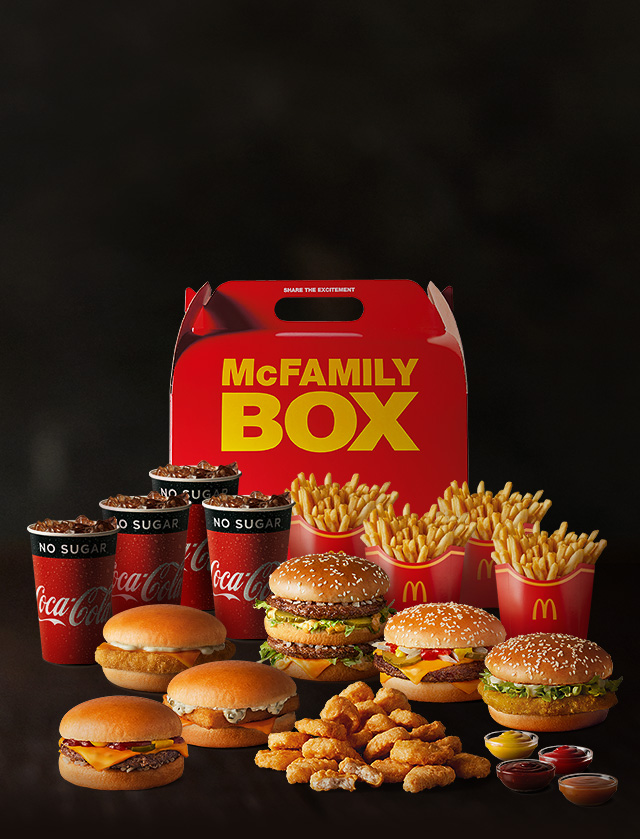
In an English-language ad from McDonald's international " i'm lovin' it" campaign, a rapper rapidly spouts off the trademark in the background music.
#Mcdonald double big mac free
McDonald's Australia emulated this promotion in the mid-1980s, and some Brazilian McDonald's around the same time (only offering a free glass of Coca-Cola instead), in the Portuguese version, which goes as "Dois hambúrgueres, alface, queijo, molho especial, cebola e picles num pão com gergelim".
#Mcdonald double big mac mac
One example of its success, was that the McDonald's operators in New York City actually ran out of Big Mac buns. Many franchisees in the United States ran promotions during the original campaign that awarded a free burger to customers who could recite the slogan within a specified time (usually two or three seconds).
#Mcdonald double big mac tv
The first run of commercials ran only a year and a half, going off the air in 1976, but its popularity remained beyond its TV life. The jingle first appeared in a TV commercial titled "In a Word" developed by Dan and the advertising agency team. Charlie's advertising concept was to purposely turn the ingredients into a tongue twister. The words were then set to music created by Mark Vieha, who performed the original jingle. Originally, the ingredients appeared as a one-word heading for a McDonald's ad developed for college newspapers. concept for the jingle was created by Charles Rosenberg, Creative Supervisor of the Dan Nichols team at Needham, Harper and Steers, Chicago. The Two all beef patties, special sauce, lettuce, cheese, pickles, onions on a sesame seed bun. The earliest instances of McDonalds utilizing advertising for the sandwich were mainly print ads, and a TV ad where Hoyt Axton sings "The Ballad Of Big Mac" which aired in 1969. One of its most distinctive feature is a middle slice of bread ("club" layer) used to stabilize contents and prevent spillage. Customer response to the Big Mac was so good that it rolled-out nationally in 1968. It was designed to compete with the similar Big Boy.


The Big Mac was created by Jim Delligatti, one of Ray Kroc's earliest franchisees, who was operating several restaurants in the Pittsburgh, Pennsylvania area. The Big Mac Sauce is delivered to McDonald's restaurants in sealed canisters designed by Sealright, from which it is meant to be directly dispensed using a special calibrated "sauce gun" that dispenses a specified amount of the sauce for each pull of the trigger. The name comes from a 1975 advertising campaign featuring a list of the Big Mac's ingredients: "Two all beef patties, special sauce, lettuce, cheese, pickles, onions on a sesame seed bun." The precise recipe for what McDonald's itself now calls Big Mac Sauce remains a secret, but it is recognized as a variant of Thousand Island dressing. Available for a limited time in some countries. Both versions dropped one patty and replaced it with the respective ingredient.

The Mega Mac or Double Big Mac - four 1.7 oz (47.5 g) Beef patties and an extra slice of cheese.The Big Mac is a hamburger consisting of two 1.6 oz (45.4 g) beef patties, Iceberg lettuce, American cheese, pickles, chopped onions and special Mac Sauce (a Thousand Island dressing variant, though the recipe remains a secret) served on a three part sesame seed bun.


 0 kommentar(er)
0 kommentar(er)
